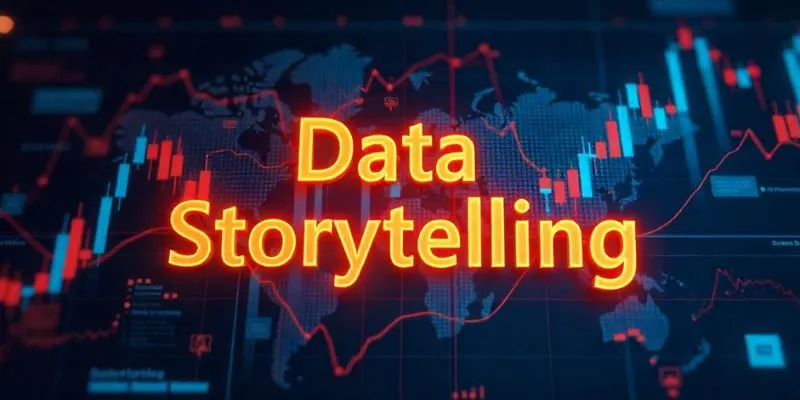In data analytics, numbers alone rarely drive action. While charts, graphs, and dashboards present information, it’s the story behind the data that truly resonates. For those looking to build these crucial skills, enrolling in a Data Analyst Course in Mumbai at FITA Academy can provide the training needed to master data storytelling. This skill bridges the gap between analysis and decision-making by combining data insights with context and communication.
What is Data Storytelling?
Data storytelling is the art of translating data into a clear, compelling narrative that influences decisions. It involves more than just reporting numbers. A strong data story weaves together three core elements: data, visualization, and narrative. Together, these elements turn raw data into a form that is understandable, relatable, and actionable.
For analysts, this means learning how to move beyond spreadsheets and dashboards to craft stories that stakeholders can engage with. Data storytelling isn’t just about what the data says, it’s about why it matters.
Why Data Storytelling Matters in Analytics
The importance of data storytelling rests in its capacity to convey insights in a manner that encourages action. In many organizations, decision-makers do not have a technical background. They don’t want to interpret complex tables or statistical terms. They want to understand trends, risks, and opportunities in a language that is meaningful to them. Enrolling in a Data Analytics Course in Kolkata can help aspiring analysts develop these communication skills alongside technical knowledge, making their insights more impactful and accessible.
That’s where storytelling comes in. A well-told story backed by data helps align teams, gain stakeholder buy-in, and drive strategic decisions. It turns analytics from an internal tool into a communication asset.
Building a Data-Driven Narrative
Creating a strong data story starts with identifying the core message. What is the insight or trend that matters most? Once you know the takeaway, the next step is to provide supporting data and context.
Know your audience: Tailor the story to their level of understanding and their goals. A marketing team might be interested in customer engagement metrics, while executives may focus on revenue impact. A well-structured Data Analyst Course in Pune often emphasizes this skill, helping analysts adapt their communication for different stakeholders.
Structure matters: Like any good story, your data narrative should have a beginning, middle, and end. Start by introducing the problem or goal, then present your analysis and findings, and finally, offer conclusions or recommended actions.
Visuals support, not replace: Charts and visuals should reinforce your message, not overwhelm it. Avoid clutter and highlight what matters most to the story.
The Role of Context and Emotion
A critical part of effective data storytelling is providing context. Numbers by themselves have little meaning unless they are compared to benchmarks, past performance, or business goals. Add emotional weight by connecting data to real people or outcomes. For example, don’t just say customer satisfaction dropped, highlight what that means for customer retention or brand reputation.
In data analytics, the story you tell with your data can be just as important as the data itself. Mastering the art of data storytelling helps analysts influence decisions, connect with their audience, and create lasting impact. It’s not about simplifying the data; it’s about making it meaningful. Enrolling in a Data Analytics course in Chandigarh can equip aspiring analysts with the storytelling skills needed to turn raw data into compelling business insights. By learning to speak the language of storytelling, analysts can transform insights into actions and numbers into narratives that drive change.
Also check: How to Perform Sentiment Analysis Using Data Analytics?
